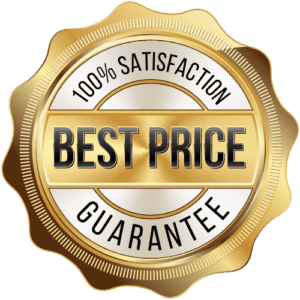SEO (Search Engine Optimization) is a vital component of digital marketing. It involves optimizing your website’s content to rank high in search engines, attract organic traffic, and convert visitors into customers. Sometimes, this involves targeting multiple keywords with one page. If you run a business in Lancaster, you’ll want to do this to reach a broad audience in this diverse city. In this article, we’ll cover how to target multiple keywords with one page in Lancaster effectively.
Understanding Keywords
Before diving into the mechanics of SEO, it’s crucial to understand keywords – these are the key terms and phrases reflecting the content of your web page. When users type keywords into search engines, they reveal what information they’re seeking. As a business owner in Lancaster, you’ll want to select the keywords that your potential customers might use when looking for products or services like yours.
Identifying Relevant Keywords
The first step in targeting multiple keywords with one page is identifying the relevant terms. Start with keyword research. There are multiple tools available, like Google’s Keyword Planner or SEMrush, that can help you identify keywords relevant to your product or service.
Consider primary keywords, along with secondary or long-tail keywords. Primary keywords are the main phrases that identify your brand, product, or service. Secondary or long-tail keywords are more specific phrases that consumers may use to locate your specific product or service in Lancaster.
Organizing Keywords
After identifying the relevant keywords, organize them based on priority and related topics. There should be one primary keyword per page tagged in your title tag, URL, and H1 heading. Secondary keywords should be emphasized and placed strategically throughout content. Remember, keyword stuffing should be avoided as it could cause a drop in your page ranking.
Creating Keyword-Rich Content
Having identified and organized your keywords, the next step is to create content that naturally integrates these keywords. This content can be in the form of blog posts, product descriptions, articles, or guides. Ensure that each piece of content is comprehensive, valuable, and engaging for the best results.
Remember that while keywords are essential, content must primarily serve the user’s needs. Keyword usage should feel natural and helpful. User engagement is a crucial factor for ranking, so content must remain useful, relevant, and engaging.
Internal Linking
Internal linking significantly contributes to SEO. By using keyword-rich anchor text in your internal links, you’re signaling to search engines what the target page is about, helping it rank for those keywords. However, it’s essential to use this strategy judiciously to avoid over-optimization.
Monitoring Performance
Targeting multiple keywords is not a one-time task. It requires regular monitoring to ensure your strategies are effective. Tools like Google Analytics can help track your keyword performance and identify areas for improvement.
In conclusion, targeting multiple keywords for one page can significantly enhance your SEO performance and boost your online presence in Lancaster. It requires strategic planning, including intensive keyword research, organized keyword use, creation of relevant and engaging keyword-rich content, use of internal linking, and regular performance monitoring. Following these strategies will help your business reach more customers and grow in Lancaster’s competitive digital marketplace.

